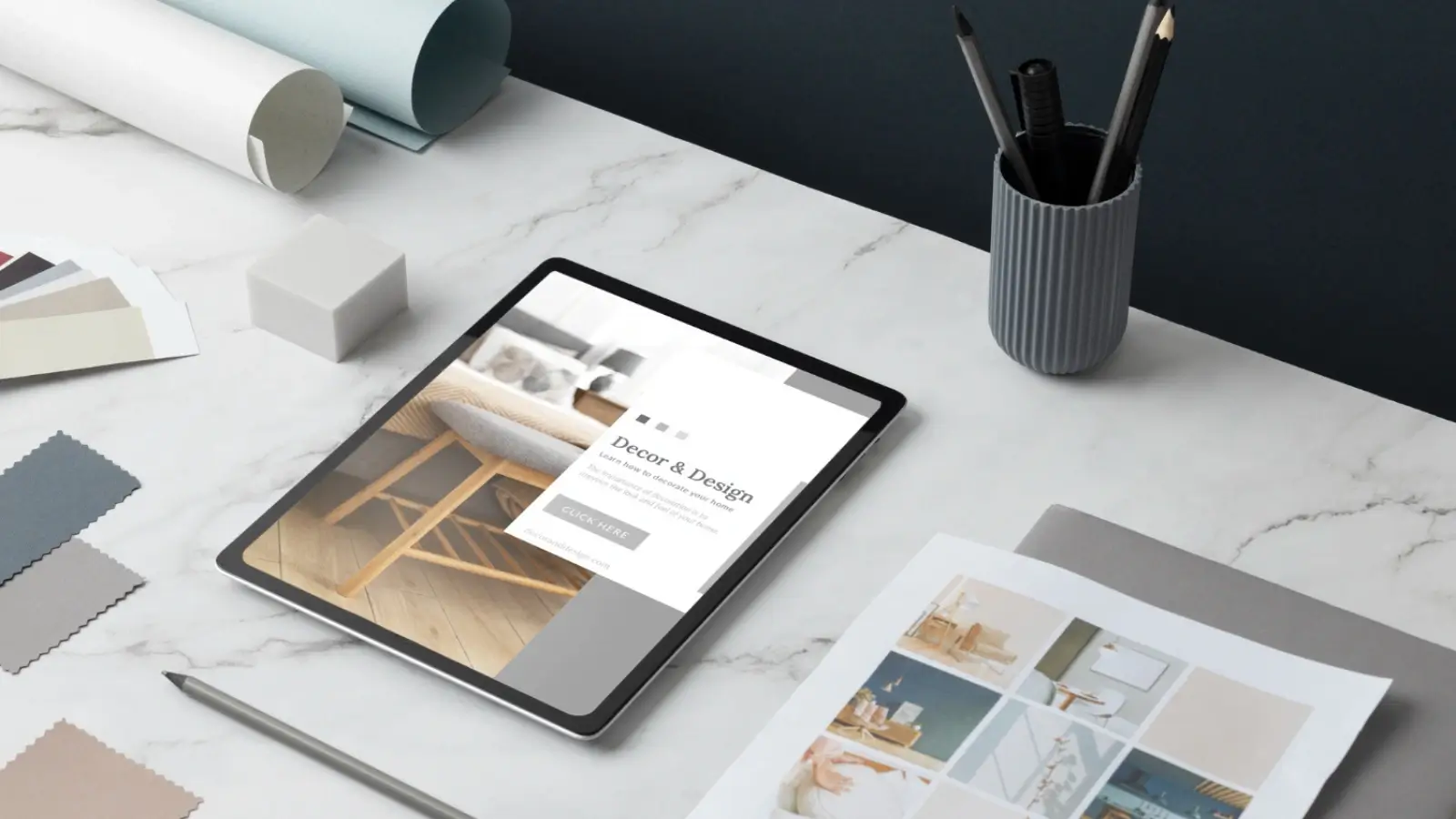


Today, nearly everyone has access to the internet. It is critical for everyone, including an interior designer, to have a good website. A website serves a range of purposes, including attracting new visitors, increasing and converting leads, showcasing your work, and extending your brand. As an established designer or as someone starting their career, you can gain a lot using a website. For Interior Designers Brisbane, a professionally designed website could do a lot more in a saturated marketplace. If you are working on a new design or refreshing your website, don’t ignore modern design trends out there.
In the world of interior design, the functionality, content, and visual elements should have equal importance. As pointed out by Jemma Wiltshire Web Design, the design of your website must match the design work you have done as it should give a pleasant experience to the user. A good design enables you to showcase your work because it's easy for clients to request for consultancy services.
The site must match the quality and style of work an interior designer would accomplish. as You should demonstrate your skills from the moment a visitor lands on your website. Make sure to showcase completed projects using proper image and video formats that achieves good quality while loading quickly. As a brand, how visitors perceive you matters and having a stunning website full of vivid and sharp images plays a crucial role in that.
Visual elements should be included that correspond with your design aesthetic. If you’re a minimalist or contemporary and even rustic or eclectic, the design of the website should also be inline with your work. This reinforces brand recognition as clients will identify your work by looking at customized colors, fonts and layouts that are consistent with the brand experience.
The most important section of the website is the portfolio as this will determine how enlistment will be done by new clients. It is critical to organize the portfolio based on project type, style, or even by room category. In case you have numerous projects, aid your clients in finding relevant work by employing filters. When arranged properly, a friendly layout and usability enable greater interaction and exploration.
Every project deserves a clear description. Convey the goals set by the client, the challenges faced, and the steps taken towards coming up with a solution. Potential clients appreciate when a designer educates them about the work and approaches used.
The internet is mostly browsed on mobile devices. Smartphones and tablets account for over 50% of internet traffic. So, if you run an interior design website, especially one used by clients, it has to be responsive and flexible.
The entire user experience should be simple to navigate and not just a matter of imagery resizing. Every mobile element, text, buttons, and images should be easy to read and clickable. A bad experience using the site's mobile version will make users decide against it, losing business.
Your website might be visually appealing, but it will go to waste if no one visits. That's the beauty of SEO. SEO focuses on improving a website's ranking on search engines like Google’s and Bing’s, ensuring your interior design business is discoverable.
Figure out what your target audience searches for, then make it part of your content, headlines, and descriptions. For instance, look up “interior designer in Brisbane” or “modern home design services” and add the discovered keywords in your content or headers. Don't forget, your site needs to load promptly for google to rank you highly.
Post blogs about topics that grasp your audience's attention. Share color palette selection as well as tips for color palette choosing specific rooms and trends. Consistently refreshing your content will improve your SEO ranking.
Testimonials build trust. Adding them to your site proves that your services hold some value. Place them on your homepage or portfolio pages, as well as a section dedicated for testimonials.
Try to include before and after photos with the testimonials to show the impact. Link social profile with the pages as well. Showing live feeds can build credibility and trust.
Make it hard for prospective clients to achieve contact. Your page should include different methods with no contact form, phone number, email, or booking tool. The lesser the steps, the higher the chances that people will reach out
Add CTAs to all pages and encourage them towards consultation or requesting a quote. Maybe add a chatbot or respond in real time for speedy replies to queries.
Track the performance of your website after going live. To see how visitors engage with your site, Google Analytics offers useful features. Key indicators, in particular, bounce rates, time spent on a page, and conversions, provide insight on what is performing well and what requires attention.
Make changes to enhance user experience and engagement within your site based on results. For example, if a significant number of users are quickly leaving your homepage, pay attention to the design and content of the page. Evidence-based choices will allow you to continuously refine your site throughout the years.
Apart from the technical components, creating a successful website for an interior design business shapes the brand as it creates an online presence, offering the business a lasting impression. The website should function as a portfolio designed to attract new clients. Enhanced user experience, mobile responsiveness, SEO, and having clear calls-to-action will drive traffic to the business website.
Keeping up with the latest trends in web design is essential whether you’re starting from scratch or redesigning your site. Working with professionals such as Jemma Wiltshire Web Design Ensures that you realize your vision and end up with a site that captures your brand’s essence and supports business growth. A great website is more than an online portfolio; it’s a marketing asset to help build your brand and attract clients who appreciate your design services.
Turn your website into a powerful marketing tool that reflects your design philosophy and let it work as hard as you do.